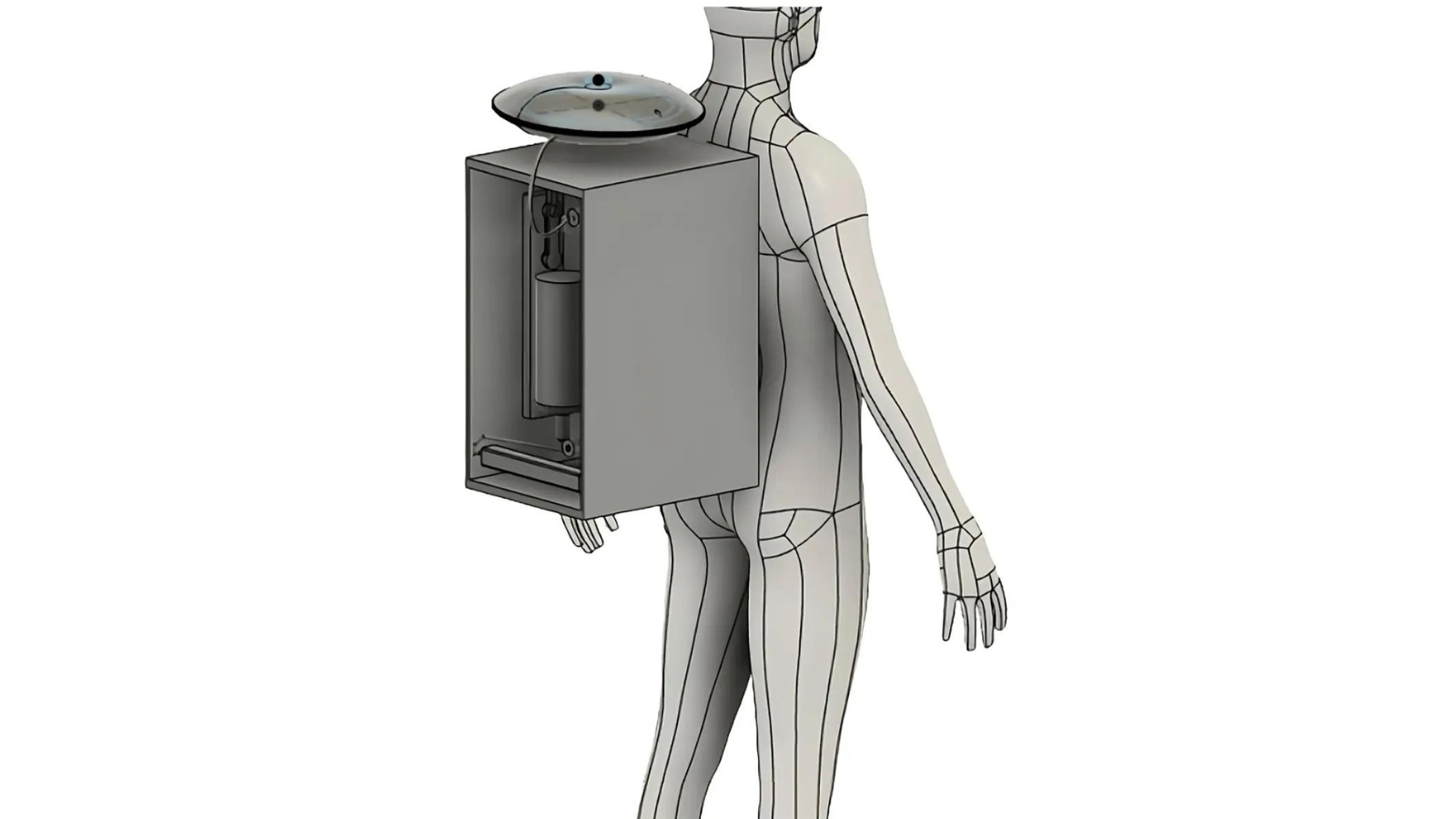When Frank Herbert introduced Dune in 1965, the world read about his futuristic thought-controlled space navigation systems and large-scale teleporters with envy. More than fifty years later, humanity has finally cribbed Herbert’s ideas for real-life use. Researchers from Cornell University have designed an actual ‘stillsuit‘.
What’s a ‘stillsuit’, we hear you ask? We wish we could tell you these are suits designed to give their wearers immense strength or something equally exciting. Instead, we’re here to let you know that future astronauts will probably drink their own urine during spacewalks, should NASA ever ratify the tech for future missions.
The future is now, old man

It may not be the most exciting tech, but it could prove to be one of the most important. Currently, astronauts are ill-equipped to deal with excrement in the healthiest manner possible, often reducing food and water intake before physically demanding spacewalks to reduce the number of bathroom trips necessary during space walks that regularly last up to 10 hours, but could stretch to 24 hours during an emergency.
Should an astronaut feel the need to let loose during a walk, their suits are equipped with a Maximum Absorbency Garment (MAG) diaper, which has been known to be uncomfortable and has the potential to lead to massive hygiene issues when astronauts are exposed to the soiled MAG diaper for extended periods. Worse yet, these diapers have leaked in the past, causing UTIs and “gastrointestinal distress.”
So Cornell University came up with a better idea. Its stillsuit-inspired design, first published in the Frontiers in Space Technology journal, “includes a vacuum-based external catheter leading to a combined forward-reverse osmosis unit, providing a continuous supply of potable water with multiple safety mechanisms to ensure astronaut wellbeing,” said Sofia Etlin, a research staff member at Weill Cornell Medicine and Cornell University.
Read More: Even short trips to space can change an astronaut’s biology
The ‘stillsuit’ specifically collects urine through a specially-designed cup system, fitted for both men and women, and diverts the fluid to a “high-tech backpack” where it reaches the urine-filtration system with an efficiency of 87% “through a two-step, integrated forward and reverse osmosis filtration system.” It then has to separate the salt from the recycled water, before it’s “enriched” in electrolytes and pumped to the astronaut’s mouth.
The entire process takes around five minutes to collect and purify 500ml of urine. The stillsuit exists only as a prototype for the time being. It must first be subjected to rigorous tests under simulated conditions, mimicking a real-life spacewalk before it can be inducted into future missions. When that might be, remains a mystery.
“Our system can be tested in simulated microgravity conditions, as microgravity is the primary space factor we must account for. These tests will ensure the system’s functionality and safety before it is deployed in actual space missions,” said Dr Christopher E Mason, a professor at the same institute as Etlin and the study’s lead author.




